23 August 2024
In the realm of automotive repair and maintenance, staying ahead means having access to the top 10 in-demand car parts. From essential components like brake pads and filters to advanced tech like sensors and modules, the contrast between outdated and cutting-edge parts can determine a vehicle's performance and longevity. As drivers seek reliable solutions for their automotive needs, understanding the significance of these high-demand parts becomes paramount.
Key Takeaways
-
Regularly check and maintain your brakes to ensure safe driving and prevent accidents.
-
Keep an eye on your battery's health and replace it when needed to avoid unexpected breakdowns.
-
Monitor tire tread depth and pressure for optimal performance and safety on the road.
-
Change oil filters at recommended intervals to prolong engine life and maintain efficiency.
-
Replace spark plugs as per manufacturer guidelines to improve fuel efficiency and engine performance.
-
Ensure wipers are in good condition for clear visibility during rainy or snowy weather.
Brakes
Brake Pads

Brake pads are crucial components of a vehicle's braking system, responsible for providing grip and ensuring safety. They come in various materials like organic, semi-metallic, and ceramic. Choosing the right brake pads is essential for optimal steering control and traction. Incorrect selection can lead to reduced braking efficiency and compromised safety on the road. Worn brake pads pose significant risks, affecting braking performance and overall safety.
Brake Rotors
Vital for braking effectiveness, brake rotors play a key role in heat dissipation during braking maneuvers. Common types include vented, slotted, and drilled options. Vented rotors enhance heat dissipation, while slotted and drilled rotors improve steering control and reduce brake fade. Regular inspection to detect signs of wear or warping in brake rotors is crucial for maintaining optimal braking performance.
Brake Calipers
Brake calipers are integral parts of the braking system, responsible for clamping the brake pads onto the rotor to generate friction and halt the vehicle. Two main types are fixed and floating calipers, each with specific applications based on vehicle requirements. Issues like fluid leaks or sticking can arise with brake calipers, impacting braking efficiency and requiring immediate attention to ensure safety on the road.
Batteries
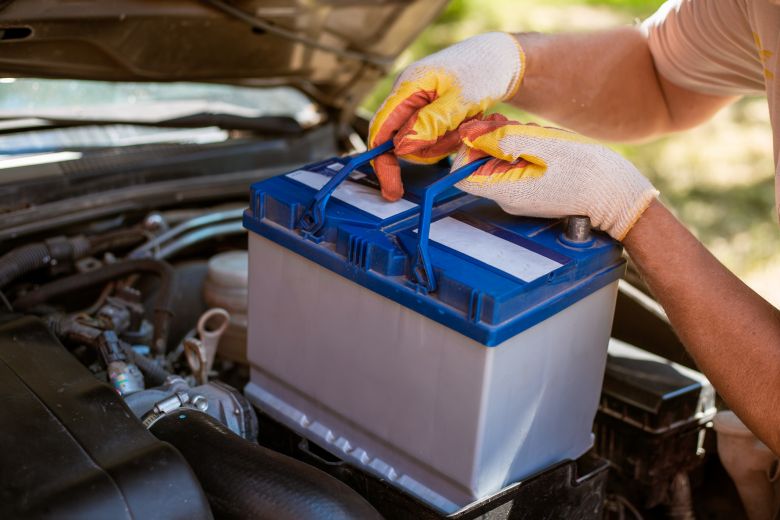
Types of Batteries
When it comes to car batteries, there are three main types commonly used: lead-acid, lithium-ion, and AGM. Lead-acid batteries are affordable but have a shorter lifespan compared to lithium-ion batteries. On the other hand, lithium-ion batteries offer higher performance and longer life, making them ideal for electric cars. AGM batteries provide excellent power output and are maintenance-free.
-
Lead-acid batteries are cost-effective but have a shorter lifespan.
-
Lithium-ion batteries offer superior performance and longer longevity.
-
AGM batteries are known for their high power output and maintenance-free operation.
The growing trend of electric vehicle batteries is reshaping the automotive industry. Electric vehicles rely on advanced battery technology to enhance range and efficiency, driving the demand for EV batteries and complete battery packs in the market.
Battery Maintenance
Maintaining your car battery is crucial for its longevity. Regularly clean the terminals to prevent corrosion buildup, which can hinder proper electrical flow. Check the fluid levels in lead-acid batteries and ensure they are topped up with distilled water if necessary.
-
Clean battery terminals regularly to prevent corrosion buildup.
-
Check fluid levels in lead-acid batteries and top up with distilled water when needed.
-
Test battery voltage and capacity periodically to assess performance levels accurately.
To maintain optimal performance, it's essential to test the battery's voltage and capacity regularly. This ensures that the battery is operating at its peak efficiency, providing reliable power for your vehicle's electrical systems.
Signs of Battery Failure
Signs of a failing battery include slow engine cranking, dim headlights, and difficulty starting the vehicle. Extreme temperatures, both hot and cold, can impact battery performance significantly, leading to decreased lifespan and reduced efficiency.
-
Slow engine cranking and dim headlights are common indicators of a failing battery.
-
Extreme temperatures can negatively affect battery performance and longevity.
Keeping an eye on warning lights related to the battery on your dashboard is crucial. These indicators can alert you to potential issues with the battery or charging system, allowing you to address them promptly before they escalate.
Tires
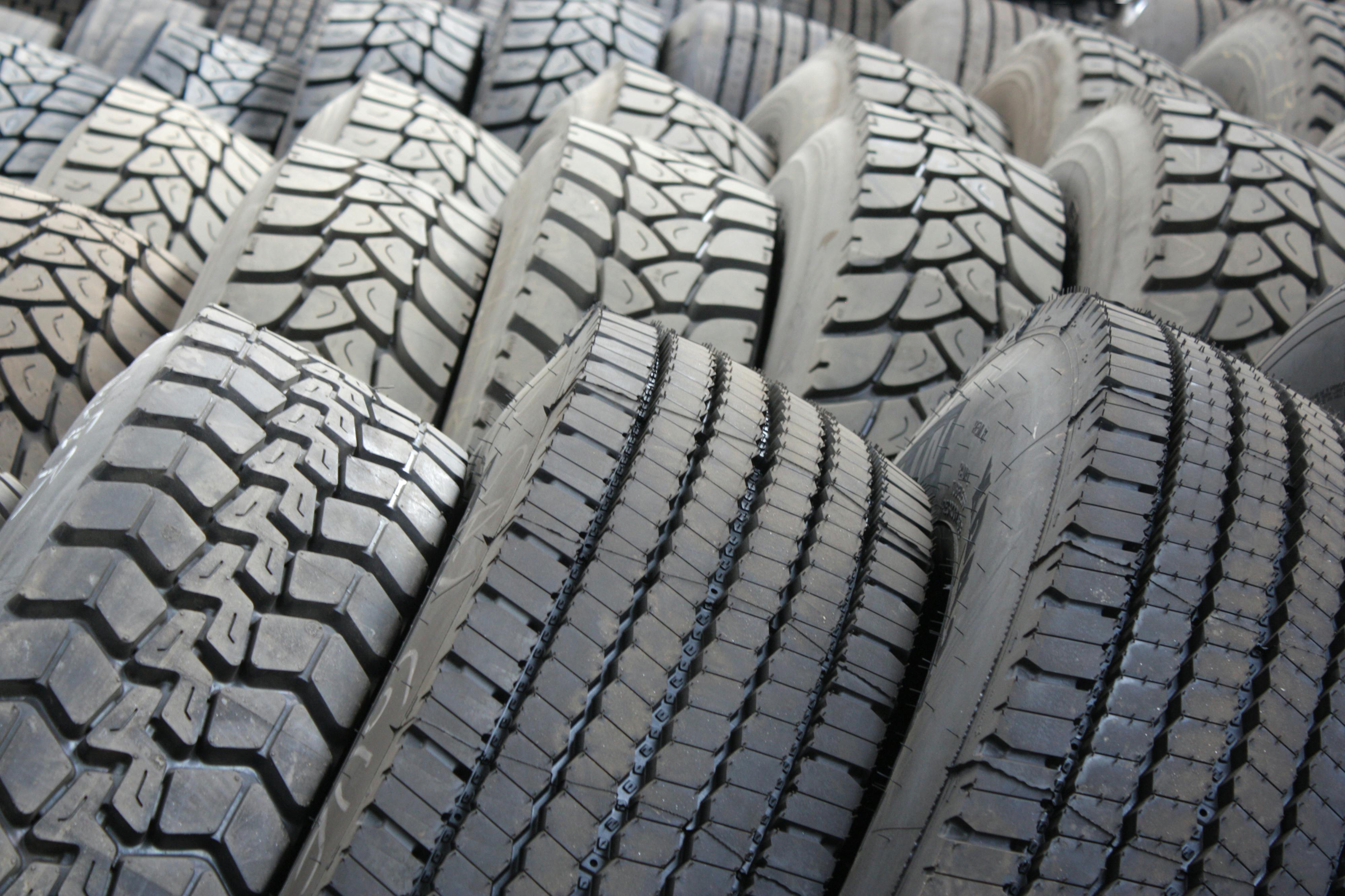
Tire Types
When it comes to tire types, they are crucial for safe driving in various conditions. All-season tires are versatile, suitable for most climates, while winter tires offer better traction in snow and ice. Off-road tires are designed for rugged terrains, providing enhanced durability.
Tire tread patterns play a vital role in traction and handling. Deep treads excel in wet or snowy conditions by channeling water away, reducing the risk of hydroplaning. On the other hand, shallower treads offer better performance on dry roads.
Tire specifications like width, aspect ratio, and diameter impact driving dynamics. Wider tires provide stability, while a lower aspect ratio enhances cornering ability. Matching the right tire size to your vehicle ensures optimal performance and safety.
Tire Maintenance
Regular tire rotation is essential to promote even wear across all tires, extending their lifespan. By rotating tires at specific intervals, you can maximize their longevity and maintain consistent performance on the road.
Maintaining proper tire pressure is critical for safety and fuel efficiency. Underinflated tires increase rolling resistance, leading to decreased gas mileage and uneven wear. Regularly checking and adjusting tire pressure can prevent accidents and reduce fuel costs.
Periodic alignment checks are recommended to prevent uneven tire wear caused by misalignment issues. Proper alignment not only extends tire life but also improves steering response and overall driving comfort.
When to Replace Tires
Assessing tire tread depth is crucial to determining when to replace tires. As tread wears down, traction decreases, especially on wet surfaces. Using a tread depth gauge helps monitor wear levels accurately.
Apart from tread depth, other factors like age, damage, and performance issues influence tire replacement. Aging tires are prone to dry rot and cracking, compromising safety. Damage from punctures or impacts can weaken the tire structure, necessitating immediate replacement.
Regularly inspecting tires for visible signs of wear or bulges is essential for identifying potential hazards. Bulges indicate internal damage or weak spots that could lead to blowouts while worn-out treads compromise grip and handling.
Oil Filters
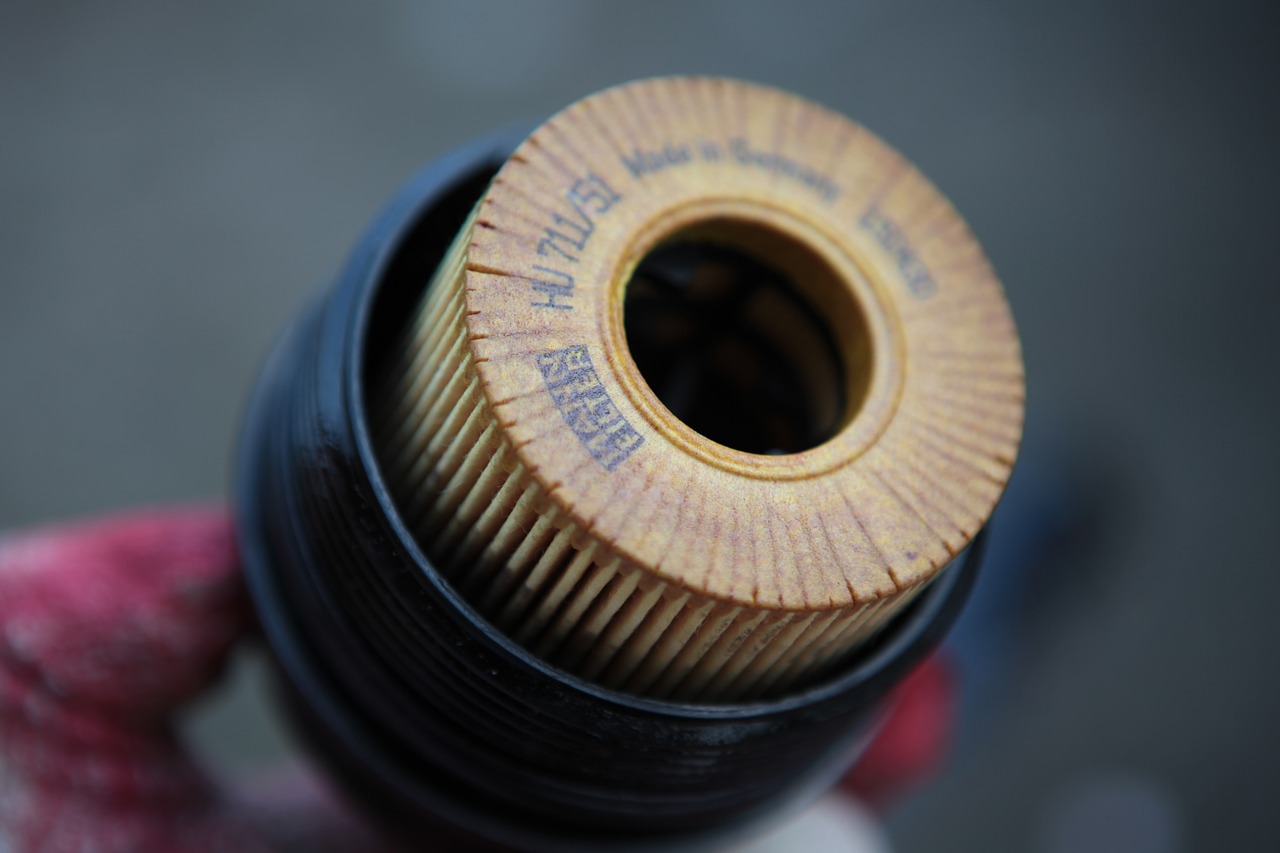
Types of Oil Filters
Oil filters play a crucial role in maintaining engine health by removing contaminants that can damage vital components. Standard oil filters are the most common type, offering basic filtration capabilities. High-efficiency filters, on the other hand, provide superior filtration, capturing smaller particles to enhance engine protection. Specialty oil filters cater to specific needs, such as high-performance engines or extreme driving conditions.
When selecting an oil filter, it is essential to consider the filtration capabilities required for your vehicle. Standard filters are suitable for regular driving conditions, while high-efficiency filters are ideal for vehicles operating in challenging environments. Specialty filters are designed for unique engine requirements, ensuring optimal performance and longevity. Choosing the right oil filter compatible with your specific engine type is critical for maintaining engine efficiency and longevity.
How to Choose
To choose the right oil filter, drivers should consider factors such as their vehicle's make, model, and driving conditions. Different vehicles have varying oil filter specifications based on engine size and design. It is crucial to select an oil filter that meets these requirements to ensure proper filtration and engine protection. Considering the reputation and quality standards of the filter brand is important in guaranteeing reliable performance and durability.
Drivers should consult their vehicle manufacturer's recommendations when selecting an oil filter to ensure compatibility and optimal performance. Manufacturers provide guidelines on the type of filter best suited for each vehicle model, taking into account specific engine requirements and maintenance schedules. Following these recommendations helps drivers maintain their engines' health and performance over time.
Changing Oil Filters
When changing an oil filter, drivers should follow a few key steps to ensure a smooth process. Begin by gathering the necessary tools, including a wrench or socket set, an oil filter wrench, and new oil filters. Before starting, it is crucial to safely lift the vehicle using jack stands and wear protective gear to prevent injuries.
Replacing the oil filter during regular oil changes is essential for maintaining optimal engine performance. Over time, oil filters accumulate contaminants that can hinder engine function if not replaced promptly. By changing the oil filter regularly, drivers can prolong their engine's lifespan and prevent costly repairs.
Proper disposal of used oil filters is crucial for environmental conservation. Drivers should recycle used filters at designated collection centers or auto parts stores that accept them for recycling. By disposing of used oil filters responsibly, drivers contribute to reducing environmental impact and promoting sustainability.
Spark Plugs

Types of Spark Plugs
Spark plugs come in various types, such as copper, platinum, and iridium. Copper spark plugs are affordable, while platinum and iridium plugs offer longer lifespan and better performance. The design of a spark plug plays a crucial role in ignition efficiency and overall engine performance. Choosing spark plugs that match the vehicle's specifications is essential for optimal functioning.
Signs of Wear
Identifying worn spark plugs is vital to maintaining a vehicle's performance. Common signs include rough idling and reduced fuel efficiency. Visually inspecting spark plugs can reveal damage or fouling, indicating the need for replacement. Regular checks on spark plugs should be part of routine vehicle maintenance to prevent potential issues.
-
Rough idling
-
Decreased fuel efficiency
-
Visual inspection for damage or fouling
How to Replace
Replacing spark plugs is a straightforward process that requires basic tools and safety precautions. Begin by disconnecting the battery and removing the old spark plugs using a socket wrench. When installing new spark plugs, ensure they are tightened according to the manufacturer's torque specifications. Replacing spark plugs at recommended intervals is crucial for maintaining optimal engine performance.
-
Disconnect the battery
-
Remove old spark plugs with a socket wrench
-
Install new spark plugs carefully
-
Tighten according to manufacturer's torque specifications
Wipers

Types of Wipers
Windshield wipers come in three main types: conventional, beam, and hybrid. Conventional wipers have a metal frame with multiple pressure points. Beam wipers are frameless, providing uniform pressure across the blade. Hybrid wipers combine the benefits of both types.
Each wiper type excels in different weather conditions. Conventional wipers are sturdy and reliable, ideal for snowy climates. Beam wipers perform well in rainy conditions due to their aerodynamic design. Hybrid wipers offer the best of both worlds, suitable for varying weather conditions.
Selecting wipers that match the vehicle model is crucial. Conventional wipers may suit older vehicles, while newer models often benefit from beam or hybrid designs. Ensuring a proper fit enhances performance and longevity.
Wiper Maintenance
Regular maintenance is essential for optimal wiper performance. Cleaning the blades with a damp cloth removes dirt and debris, preventing streaking. Checking for signs of wear, such as cracks or tears, helps avoid damage to the windshield.
Replacing wiper blades at least once a year is recommended to maintain clear visibility. Over time, blades wear out, reducing effectiveness. Timely replacement ensures efficient operation during inclement weather.
Inspecting the wiper motor and linkage is also crucial. A malfunctioning motor can lead to uneven movement or complete failure of the wipers. Checking these components regularly prevents unexpected issues.
When to Replace
Signs indicating the need for new wipers include streaking or skipping on the windshield during operation. These issues compromise visibility and safety, especially in adverse weather conditions.
Weather conditions significantly impact wiper lifespan and performance. Rain and snow increase wear on blades, reducing their effectiveness over time. Regularly replacing worn-out blades maintains optimal performance.
To ensure safety on the road, drivers should replace wipers before encountering severe weather conditions. Proactive replacement reduces the risk of poor visibility during rainstorms or snowfall.
Headlights

Types of Headlights
Headlights come in various types, such as halogen, HID, and LED. Halogen lights are common due to their affordability and widespread use. HID lights offer superior brightness, while LED lights are known for their energy efficiency. Each type has unique features that cater to different preferences.
Halogen headlights provide a standard level of brightness suitable for most driving conditions. On the other hand, HID headlights emit a brighter light than halogen bulbs, enhancing visibility on dark roads. LED headlights stand out for their longevity and energy-efficient performance, making them ideal for hybrid vehicles.
Choosing the right headlights is crucial for ensuring vehicle safety and compliance with regulations. It is essential to select headlights that are compatible with specific vehicle requirements. Upgrading to LED headlights can significantly improve lighting quality and overall vehicle functionality.
Headlight Maintenance
Regular maintenance is key to ensuring optimal headlight performance. Conduct routine checks to monitor bulb brightness and alignment. Properly aligned headlights enhance visibility, especially when driving on country roads or poorly lit areas.
Cleaning headlight lenses is essential for maintaining visibility and safety on the road. Over time, dirt and debris can accumulate on the lenses, reducing light output. Regular cleaning not only improves visibility but also prolongs the lifespan of the headlights.
Promptly replacing burnt-out bulbs is crucial for maintaining optimal driving conditions. Dim or non-functional headlights can compromise visibility, especially in adverse weather conditions. Replacing bulbs promptly ensures consistent lighting performance for safer driving experiences.
Replacing Headlights
When replacing headlights, follow a step-by-step guide to ensure a safe and efficient process. Gather the necessary tools, such as screwdrivers and replacement bulbs, before starting the replacement procedure. Safety precautions, such as wearing gloves and protective eyewear, should be observed throughout the process.
Consulting the vehicle manual is essential for obtaining specific replacement instructions tailored to your car model. Different vehicles may have varying procedures for headlight replacement, so referring to the manual ensures accurate installation. Following manufacturer guidelines helps avoid damaging the vehicle's electrical system.
Upgrading to higher-quality bulbs can significantly enhance visibility during nighttime driving. Premium bulbs offer improved brightness and clarity compared to standard options. Investing in quality headlights not only enhances safety but also contributes to a better driving experience overall.
Air Filters
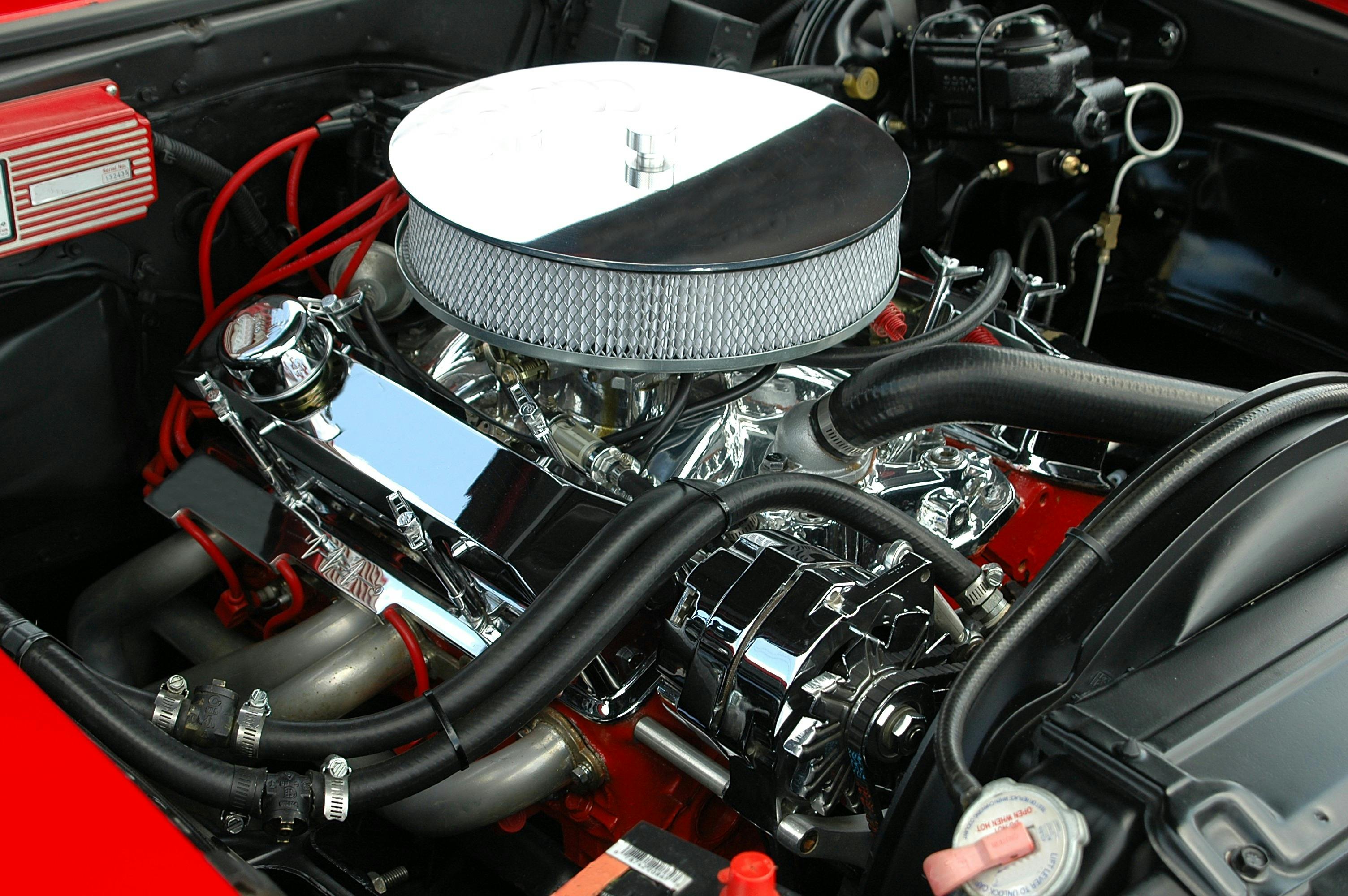
Types of Air Filters
Air filters play a crucial role in the functionality of vehicles, with engine air filters and cabin air filters being the main types. Engine air filters prevent contaminants from entering the engine, ensuring optimal performance. Cabin air filters, on the other hand, keep the air inside the vehicle clean for passengers' comfort.
Standard air filters are designed to capture larger particles, while high-efficiency air filters are more advanced, trapping even smaller particles. The primary difference lies in their filtration capabilities, with high-efficiency filters offering superior protection against pollutants.
Replacing Air Filters
When it comes to replacing air filters, it is essential to follow specific steps to ensure proper installation. Begin by locating the air filter housing, usually found under the hood or behind the glove compartment for cabin air filters. Regular replacement is key to maintaining engine efficiency and prolonging the lifespan of vital components.
To replace an air filter, you will typically need basic tools such as a screwdriver or socket wrench. Start by opening the housing, removing the old filter, and inserting the new one in the correct orientation. Proper installation is crucial for optimal performance and preventing damage to the engine.
-
Pros: Improved engine performance, enhanced fuel efficiency
-
Cons: Neglecting air filter replacement can lead to decreased engine power and increased fuel consumption
Environmental responsibility is also important when dealing with used air filters. Proper disposal methods should be followed to minimize environmental impact. Many auto parts stores accept used filters for recycling, ensuring they are disposed of safely and responsibly.
Radiators
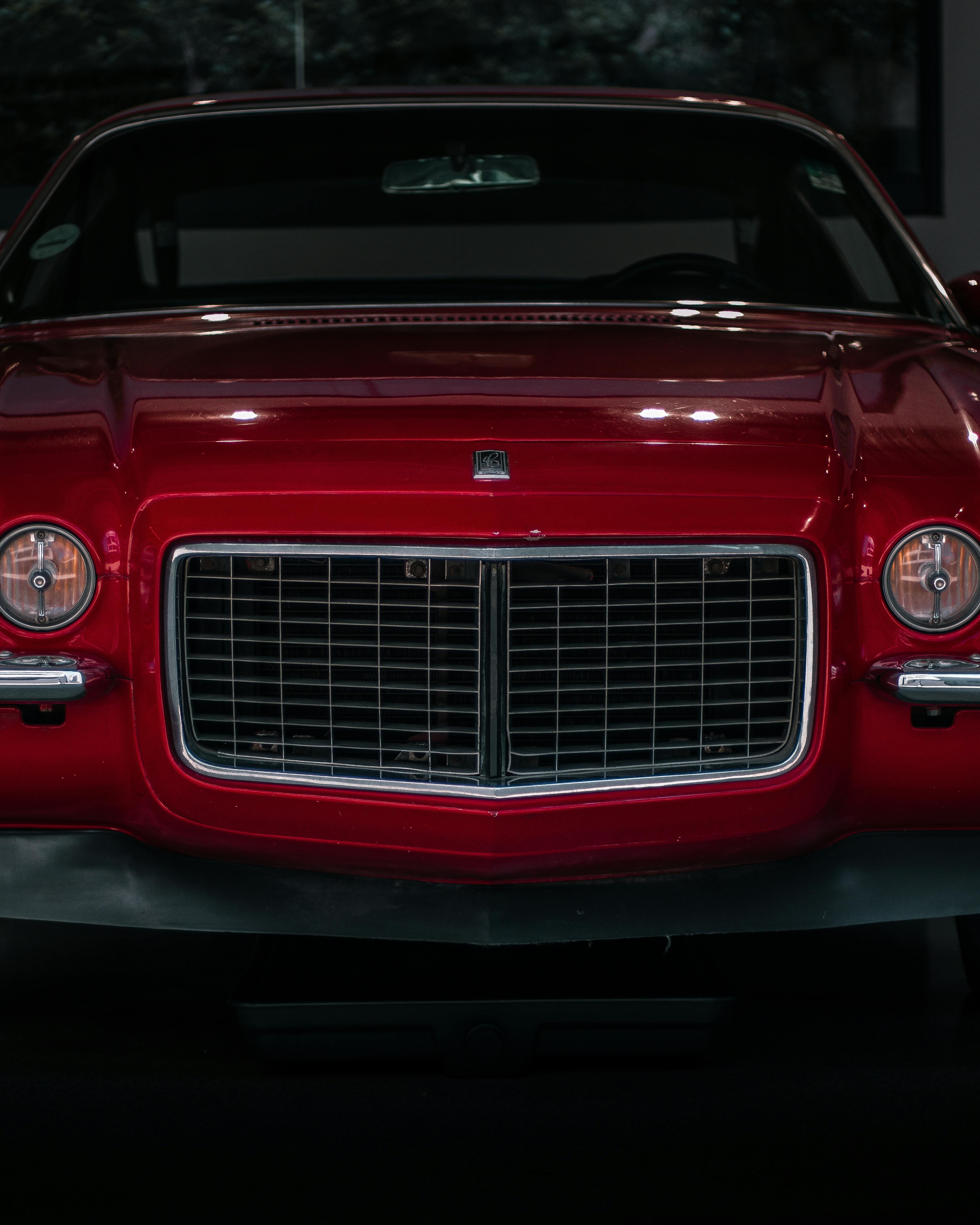
Types of Radiators
Radiators come in different types: aluminum, plastic, and copper-brass designs. Each type serves the crucial function of cooling engine fluids to prevent overheating. It is essential to select radiators that match vehicle specifications for optimal performance.
-
Aluminum radiators are lightweight and efficient in heat dissipation.
-
Plastic radiators are cost-effective but may be less durable than other materials.
-
Copper-brass radiators offer excellent heat transfer capabilities but are heavier.
Radiator Maintenance
Routine maintenance for radiators includes checking coolant levels and inspecting for leaks. Flushing the radiator periodically is crucial to remove debris buildup that can hinder cooling efficiency. Monitoring temperature gauges helps in early detection of potential radiator issues.
-
Check coolant levels regularly to ensure proper cooling system function.
-
Inspect for leaks around the radiator and hoses to prevent fluid loss.
-
Flushing the radiator every 30,000 miles helps maintain optimal performance.
Signs of Failure
Common signs of a failing radiator include dimming lights or warning indicators on the dashboard. Unusual noises emanating from the radiator can indicate underlying mechanical problems. Drivers should promptly have their alternators tested if they experience electrical issues.
-
Dimming lights while driving may indicate a failing alternator.
-
Warning lights on the dashboard could signal potential radiator problems.
-
Strange noises such as grinding or whining may suggest mechanical issues.
Alternators

Function of Alternators
Alternators play a crucial role in charging the vehicle battery and powering various electrical systems. These components are essential for ensuring that your car's battery stays charged, allowing it to start and run efficiently. By converting mechanical energy into electrical energy through electromagnetic induction, alternators provide the necessary power for lights, radio, air conditioning, and other electrical components in the vehicle. A functioning alternator is vital for maintaining the overall performance of your vehicle.
Signs of Failure
-
Dimming or flickering lights while driving.
-
Strange noises like grinding or whining.
-
Difficulty starting the vehicle.
Replacing Alternators
To replace an alternator safely, you will need a set of tools including wrenches, sockets, and a belt tensioner tool. Start by disconnecting the battery to avoid any electrical mishaps during the replacement process. Carefully remove the old alternator, making sure to note how the belts are routed before installing the new one. Using high-quality replacement alternators is essential for ensuring reliability and optimal performance in your vehicle.
Final Remarks
You've now explored the top 10 in-demand car parts, understanding the critical role each plays in keeping your vehicle running smoothly. From brakes to alternators, these components are essential for your car's performance and safety. By staying informed about these parts, you can make informed decisions when it comes to maintenance and repairs, ensuring your vehicle remains in top condition.
Take this knowledge with you as you care for your car. Regularly inspecting and replacing these crucial parts will not only enhance your driving experience but also prolong the lifespan of your vehicle. Stay proactive in maintaining your car to avoid unexpected breakdowns and costly repairs. Your diligence in caring for these components will pay off in the long run, keeping you safe on the road.
Frequently Asked Questions
What are the top 3 in-demand car parts?
Brakes, batteries, and tires are among the top 3 in-demand car parts due to their critical role in vehicle safety and performance.
How often should spark plugs be replaced?
Spark plugs should typically be replaced every 30,000 to 100,000 miles, depending on the type of spark plug and your vehicle's manufacturer recommendations.
Why are air filters important for a car?
Air filters prevent dirt, dust, and debris from entering the engine, ensuring clean airflow and optimal engine performance while also improving fuel efficiency.
How do I know if my radiator needs to be replaced?
Signs that your radiator needs replacement include overheating, visible coolant leaks, discolored coolant, and steam coming from under the hood.
Can alternators be repaired instead of replaced?
In some cases, alternators can be repaired by replacing faulty components like diodes or bearings. However, it's often more cost-effective and reliable to replace the alternator entirely.
Not finding what you were looking for?
Jasper Auto and Truck Parts is here to assist. Well-known for our extensive selection of used engines, differentials, and auto body parts at competitive prices, we also specialize in providing high-quality used automotive glass and more.
HERE ARE JASPER AUTO AND TRUCK PARTS’ TOP RESOURCES ON BUYING AUTO PARTS:
Auto Recycling on Wikipedia
Automotive Recyclers of Canada
Alberta Automotive Recyclers and Dismantlers Association
SEARCH
Looking for our Calgary location? Click Here
